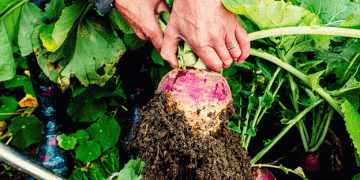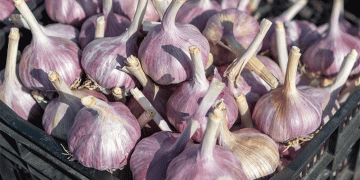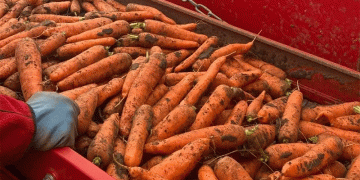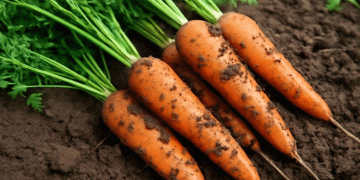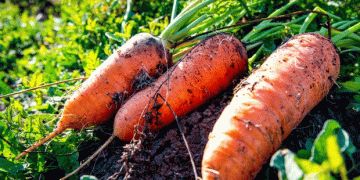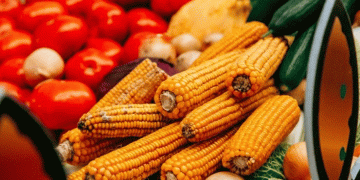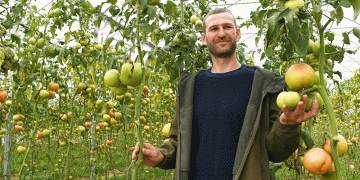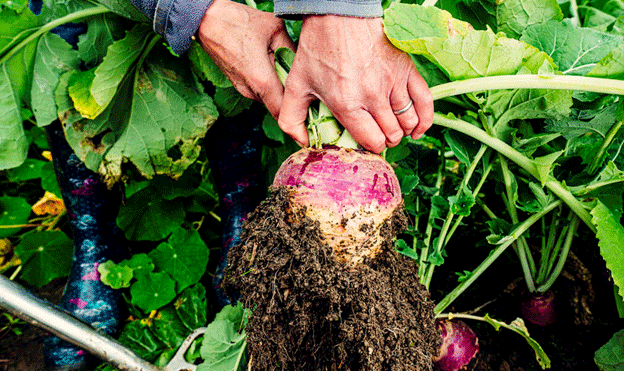Swedes, also known as rutabagas, have long been regarded as a humble food, often associated with hard times. However, they are now experiencing a renaissance in modern winter kitchens. Whether used in stews, mashed as a puree, or even grated into a salad, swedes are valued for their subtly sweet, nutty flavor and firm flesh. This versatile root vegetable is rich in vitamin C, B-vitamins, and essential minerals like potassium and magnesium, making it an important addition to winter diets.
Farmers in regions with colder climates, particularly in Europe, are reaping the benefits of this hardy vegetable. However, timing the harvest properly is crucial to ensuring the best taste and storage potential.
How to Tell When Swedes Are Ready to Harvest
A ripe swede is typically firm to the touch, with a consistent color across the root. It should measure at least 10 to 15 centimeters in diameter. Swedes that are left too long in the ground can become woody and lose flavor. The green leaves should still be fresh and healthy, signaling that the root below is in good condition.
Interestingly, swedes are part of the Brassicaceae family, closely related to cabbage, pak choi, and Chinese cabbage. For optimal growth, it is recommended that they not be grown alongside or after other brassica family members to avoid soil-borne diseases and poor crop rotation.
When is the Best Time to Harvest Swedes?
Swedes can be harvested as early as late September, depending on the local climate and variety. Most farmers tend to harvest between October and November when the roots have reached the desired size and before temperatures drop below freezing. A light frost can even improve the flavor of swedes, as it enhances their natural sweetness, but temperatures below minus six degrees Celsius can cause the roots to freeze, ruining the crop.
Practical Tips for Harvesting and Storing Swedes
Swedes are generally easy to pull from the soil, especially in lighter soils, but a digging fork can be helpful for loosening the earth around the roots, especially in heavier clay-based soils. Once harvested, the leaves should be trimmed, but leaving a small portion of the stem intact is recommended for easier storage.
For long-term storage, swedes should be kept in a cool, dark place. They can be buried in sand or stored in a root cellar to extend freshness for up to six months. Alternatively, farmers can store swedes in an earth mound (Erdmiete), which also provides excellent insulation and moisture control.
How to Cook and Enjoy Swedes
Swedes are incredibly versatile in the kitchen. They can be boiled, roasted, or mashed into a creamy puree. They are also commonly used in soups and stews, where their hearty texture and mild flavor shine. Interestingly, swedes can also be eaten raw—grated into salads or made into a crunchy slaw for winter months. The possibilities are endless for those who want to experiment with this nutritious vegetable.
Harvesting swedes at the right time ensures the best quality and taste, while proper storage techniques can preserve the crop for months. For farmers, understanding the ideal harvest window and investing in crop rotation strategies are essential for optimizing swede production. As demand for nutritious, local winter vegetables continues to rise, swedes present a great opportunity for farmers to diversify their offerings and meet consumer interest in healthy, sustainable food.
